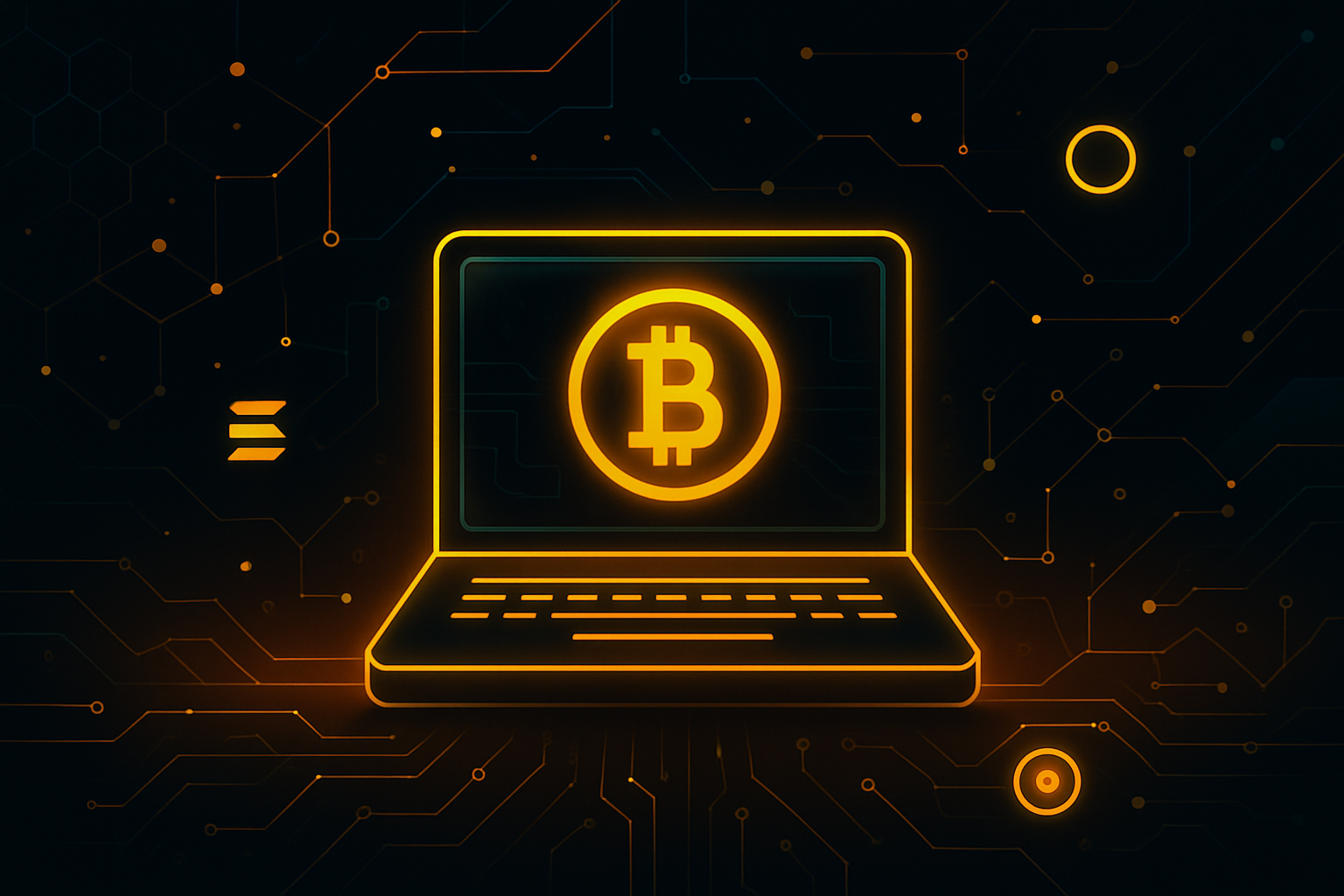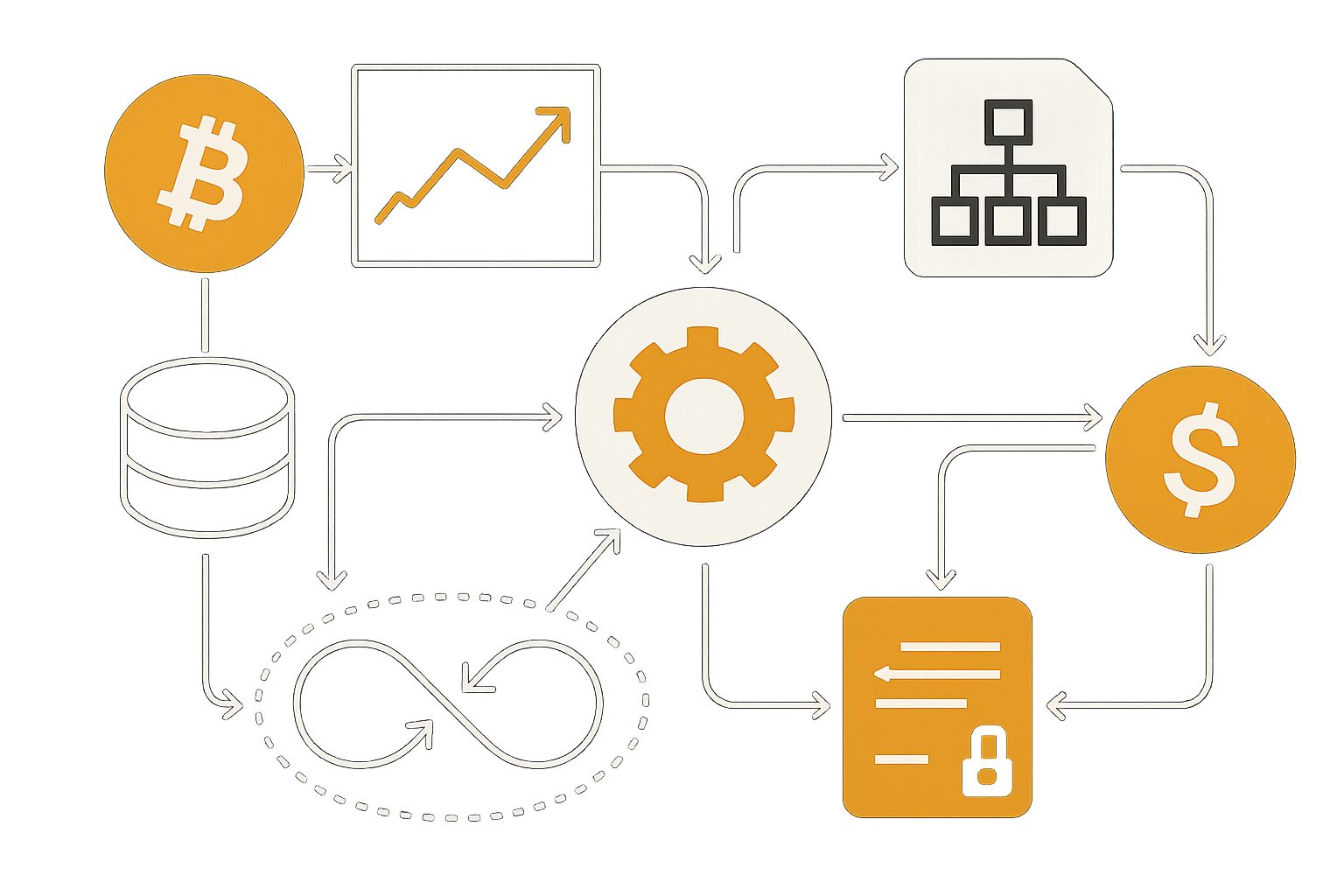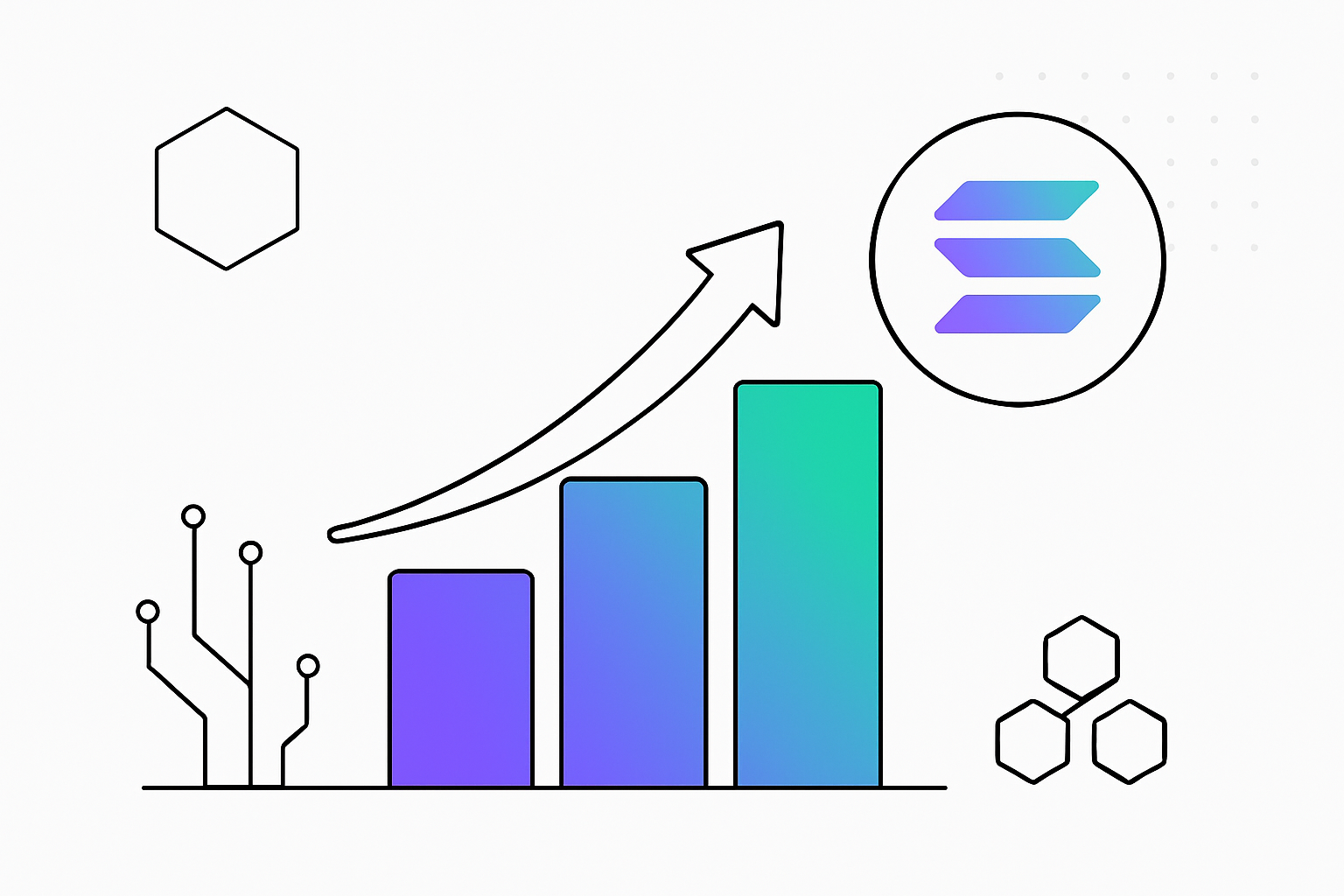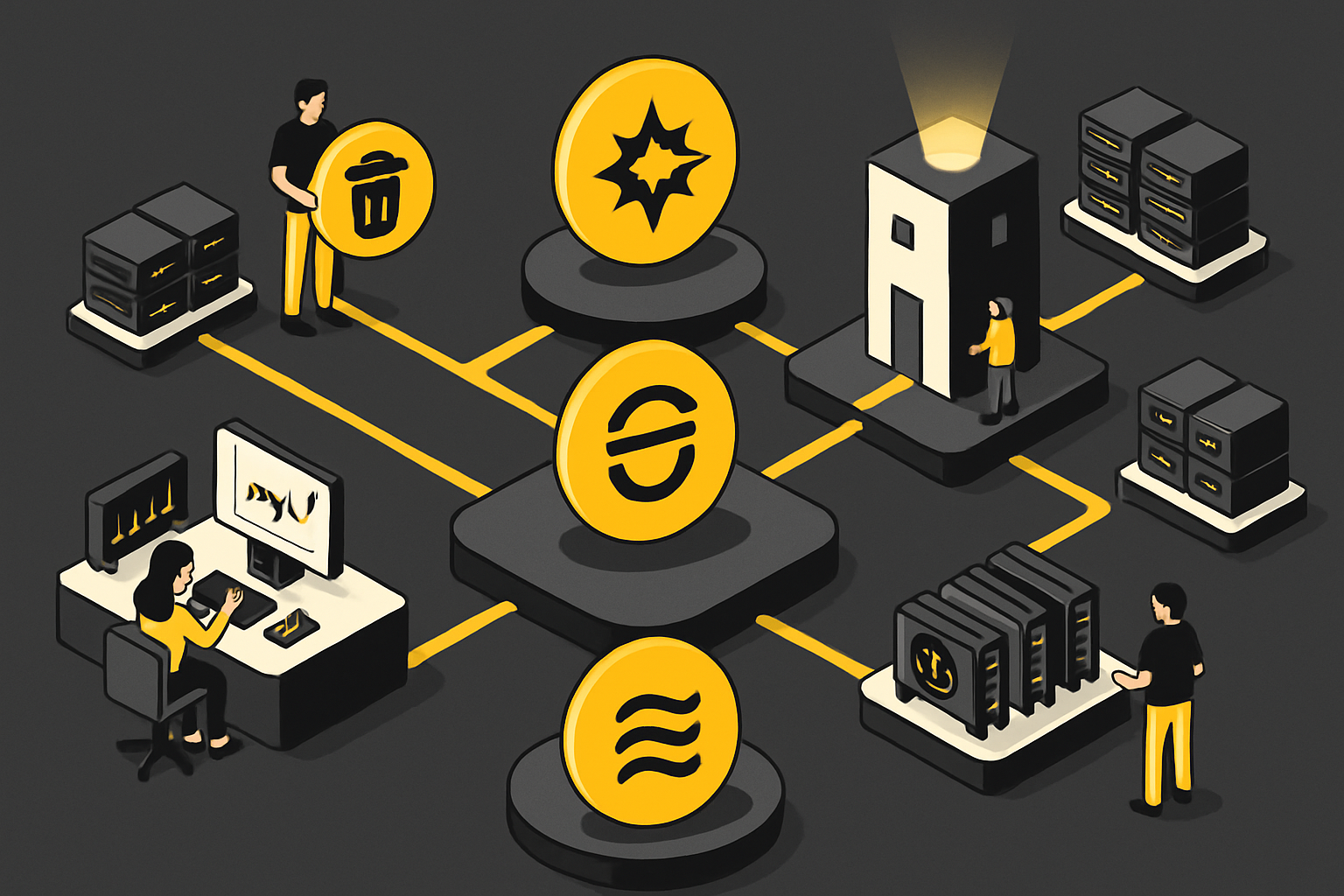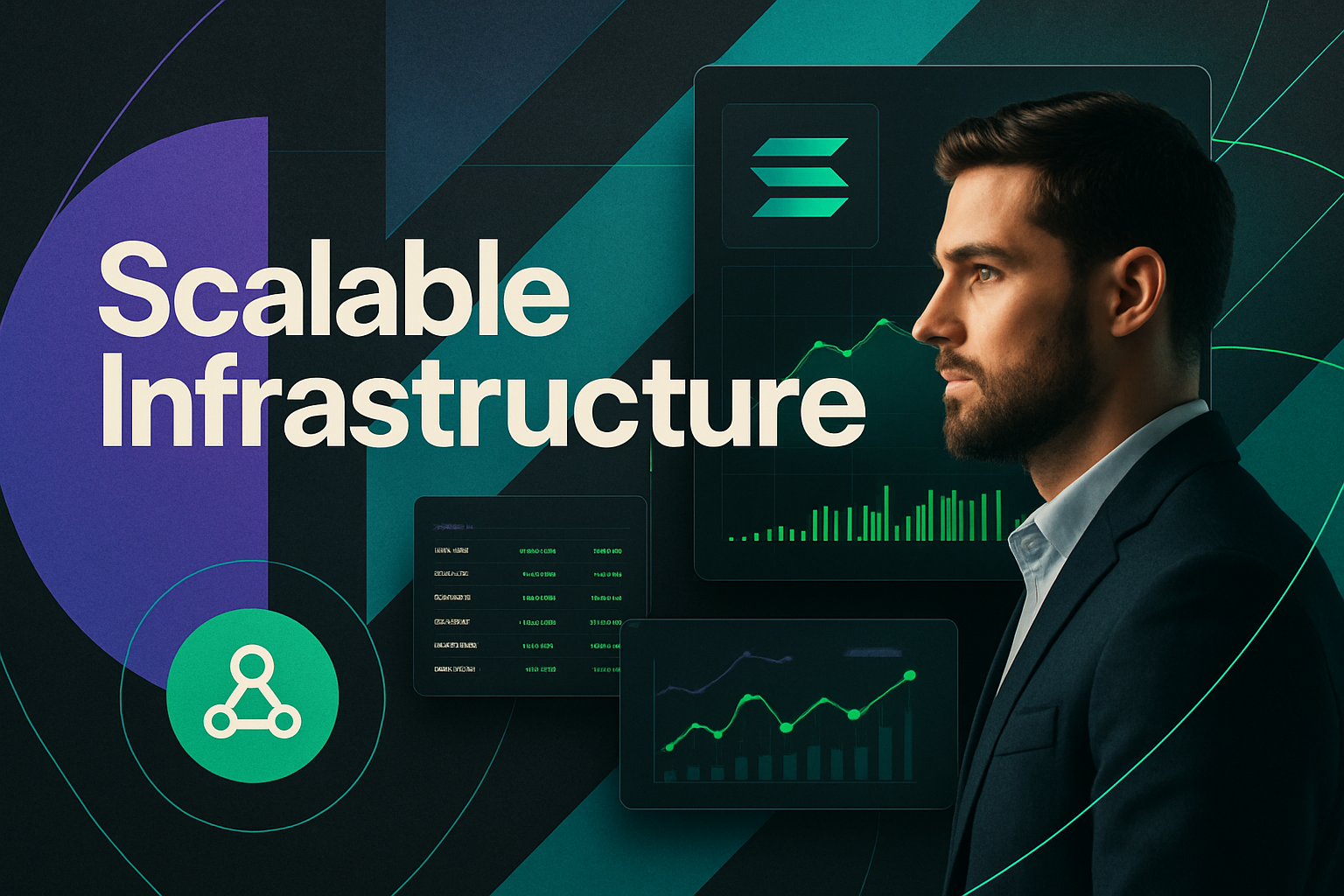How Solana Achieved 104,529 TPS: Inside the Record-Breaking Validator Event

In August 2025, Solana stunned the blockchain world by setting a new throughput record: a peak of 107,540 transactions per second (TPS) during an orchestrated validator event. This achievement not only shattered previous benchmarks but also reignited debates about what true scalability means in the context of decentralized finance, gaming, and real-world adoption. But how did Solana’s validator network accomplish this feat, and what does it reveal about the future of high-speed blockchains?
Solana’s Record TPS: Breaking Down the Numbers
The headline number is eye-catching: over 100,000 TPS in a single block, with a max observed at 107,664 TPS according to official sources. However, it’s important to dissect how this was achieved. The stress test leveraged high-load ‘noop’ program calls, transactions that do not modify on-chain state, to push Solana’s architecture to its upper theoretical limits. While these operations are less complex than typical DeFi swaps or NFT mints, they demonstrate the raw processing power of the network when all cylinders are firing.
This milestone was not just about hitting big numbers for their own sake. It was a carefully coordinated validator event designed to test recent upgrades under maximum load conditions. For context, during February’s Rage Trade airdrop event, Solana sustained over 55,000 TPS for two hours with real user activity, a figure that already dwarfed most competitors (source). The new record pushes those boundaries even further.
The Tech Behind the Speed: Key Upgrades Explained
Solana’s performance leap is no accident. Several technical innovations converged to make this possible:
- QUIC Protocol Integration: Borrowed from Google’s playbook, QUIC is engineered for lightning-fast asynchronous communication and robust session management. Its adoption within Solana’s Transaction Processing Unit (TPU) allows finer control over network traffic, validators can now prioritize legitimate transactions and throttle spam more effectively.
- Stake-Weighted Quality of Service (QoS): This mechanism gives preferential treatment to transactions submitted by highly-staked validators. By aligning incentives with performance, it ensures those most invested in the network have their activities processed swiftly even during periods of congestion.
- Localized Fee Markets: Instead of a one-size-fits-all approach to transaction fees, localized fee markets enable dynamic pricing based on demand within specific network segments. This granular control helps smooth out spikes in activity, crucial for NFT drops or major DeFi launches.
Together, these enhancements have dramatically improved both throughput and reliability across the Solana ecosystem in 2025 (source). Developers are already working on further optimizations such as larger transaction sizes and streamlined voting logic to squeeze even more efficiency from each block.
Validator Performance and Network Health in 2025
The validator community remains at the heart of Solana’s success story. According to Figment’s Q2 2025 Validator Report and recent Foundation discussions, decentralization metrics continue to trend upward, even as speed records fall (source). The mainnet-beta now boasts thousands of active validators spread globally; this diversity is critical for both security and censorship resistance.
The June 2025 Network Health Report highlighted that despite surges in activity, driven by everything from memecoin frenzies to blockbuster game launches, the median time-to-finality remains under two seconds. Such consistency is why developers across DeFi protocols and gaming platforms are increasingly choosing Solana as their base layer.
Solana (SOL) Price Prediction 2026-2031: Impact of TPS Milestones and Network Upgrades
Forecast based on continued TPS growth, protocol upgrades, and evolving market trends (Baseline: $182.85 as of August 2025)
| Year | Minimum Price | Average Price | Maximum Price | Year-over-Year Change (Avg) | Key Market Scenario |
|---|---|---|---|---|---|
| 2026 | $145.00 | $205.00 | $290.00 | +12% | Post-TPS milestone adoption, stable consumer growth |
| 2027 | $160.00 | $235.00 | $340.00 | +14.6% | DeFi & consumer app expansion, global regulation clarity |
| 2028 | $180.00 | $265.00 | $395.00 | +12.8% | Mainstream integration, competition from L2s |
| 2029 | $210.00 | $305.00 | $470.00 | +15% | Sustained scalability, institutional adoption |
| 2030 | $240.00 | $340.00 | $540.00 | +11.5% | Peak cycle, cross-chain interoperability |
| 2031 | $200.00 | $310.00 | $500.00 | -8.8% | Market correction, increased competition |
Price Prediction Summary
Solana’s price outlook from 2026 to 2031 remains optimistic, grounded in its technological leadership in transaction throughput (TPS) and ongoing network upgrades. The average price is projected to grow steadily through 2030, with a potential market correction or consolidation in 2031 as market cycles mature and competition intensifies. Bullish scenarios depend on real-world adoption of Solana’s performance improvements, while bearish cases reflect broader crypto market risks and regulatory headwinds.
Key Factors Affecting Solana Price
- Sustained increases in real-world TPS and throughput, not just synthetic tests
- Continued adoption by DeFi, NFT, and consumer applications
- Regulatory clarity in major markets (US, EU, Asia)
- Network stability and resilience under high loads
- Competition from Ethereum rollups, Layer-2s, and alternative Layer-1s
- Macro market trends and global economic conditions
- Solana’s ability to maintain decentralization with high validator participation
Disclaimer: Cryptocurrency price predictions are speculative and based on current market analysis.
Actual prices may vary significantly due to market volatility, regulatory changes, and other factors.
Always do your own research before making investment decisions.
What Does This Mean for Real-World Applications?
Skeptics rightly point out that stress-test figures don’t always equate to real-world utility. Yet recent events suggest that sustained high throughput is no longer just theoretical on Solana Mainnet-Beta. For example, during major NFT minting events or cross-chain token launches, users have experienced minimal delays, even when transaction volumes spike into tens of thousands per second (source). These improvements directly impact user experience across sectors like gaming, where sub-second confirmation times are mission-critical, and decentralized finance where composability demands seamless execution.
As Solana’s throughput capabilities move from the lab to the wild, the implications for builders and investors are profound. High-speed settlement unlocks new categories of consumer apps, real-time trading platforms, and multiplayer blockchain games that were previously bottlenecked by network congestion or high fees. In 2025, several top Solana games have reported record user retention and in-game transaction volumes, attributing much of this growth to the network’s near-instant finality and reliability.
Key Solana Upgrades & Validator Milestones in 2025
-
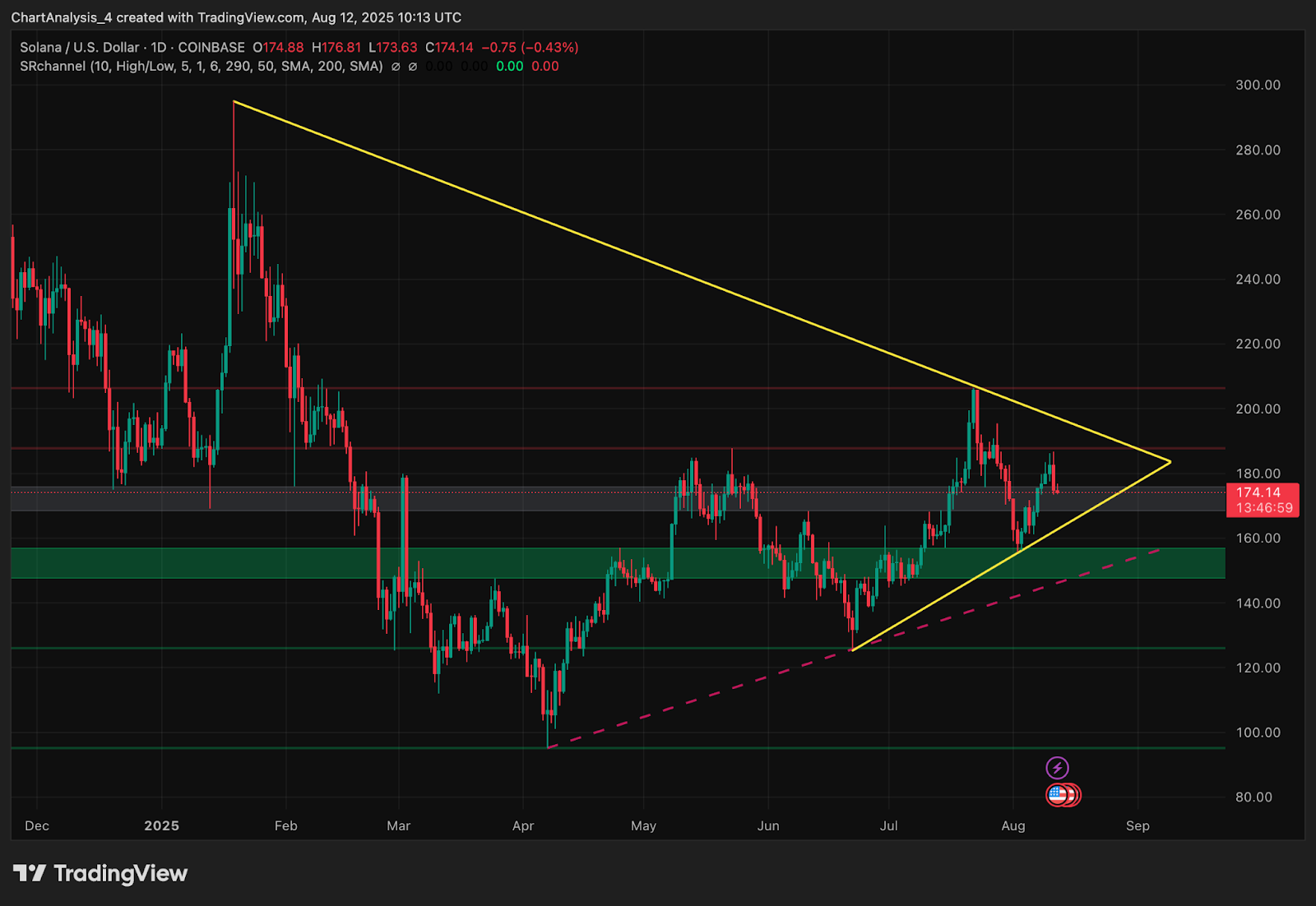
Record-Breaking 107,664 TPS Achieved (August 2025): Solana set a new all-time high by processing 107,664 transactions per second in a single block during a network-wide stress test, demonstrating unmatched throughput in blockchain history.
-
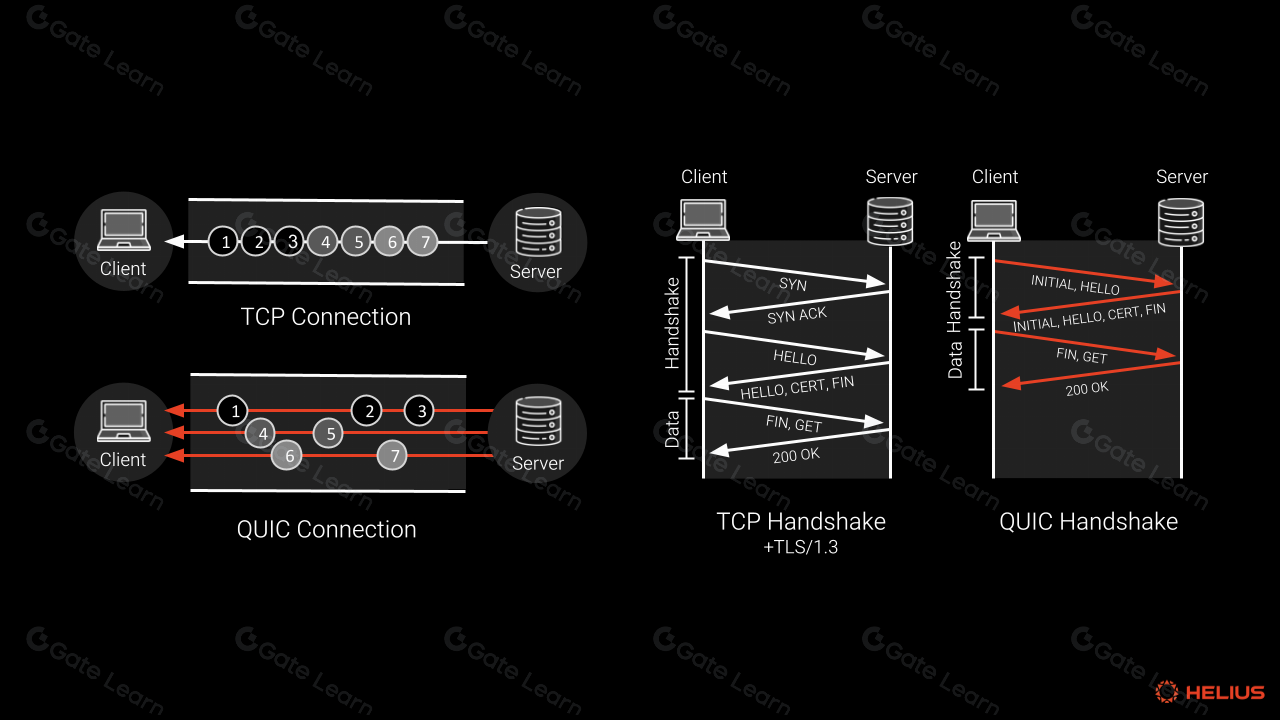
QUIC Protocol Integration: Solana adopted the QUIC protocol—originally developed by Google—to improve transaction speed, reliability, and congestion management within its Transaction Processing Unit (TPU).
-
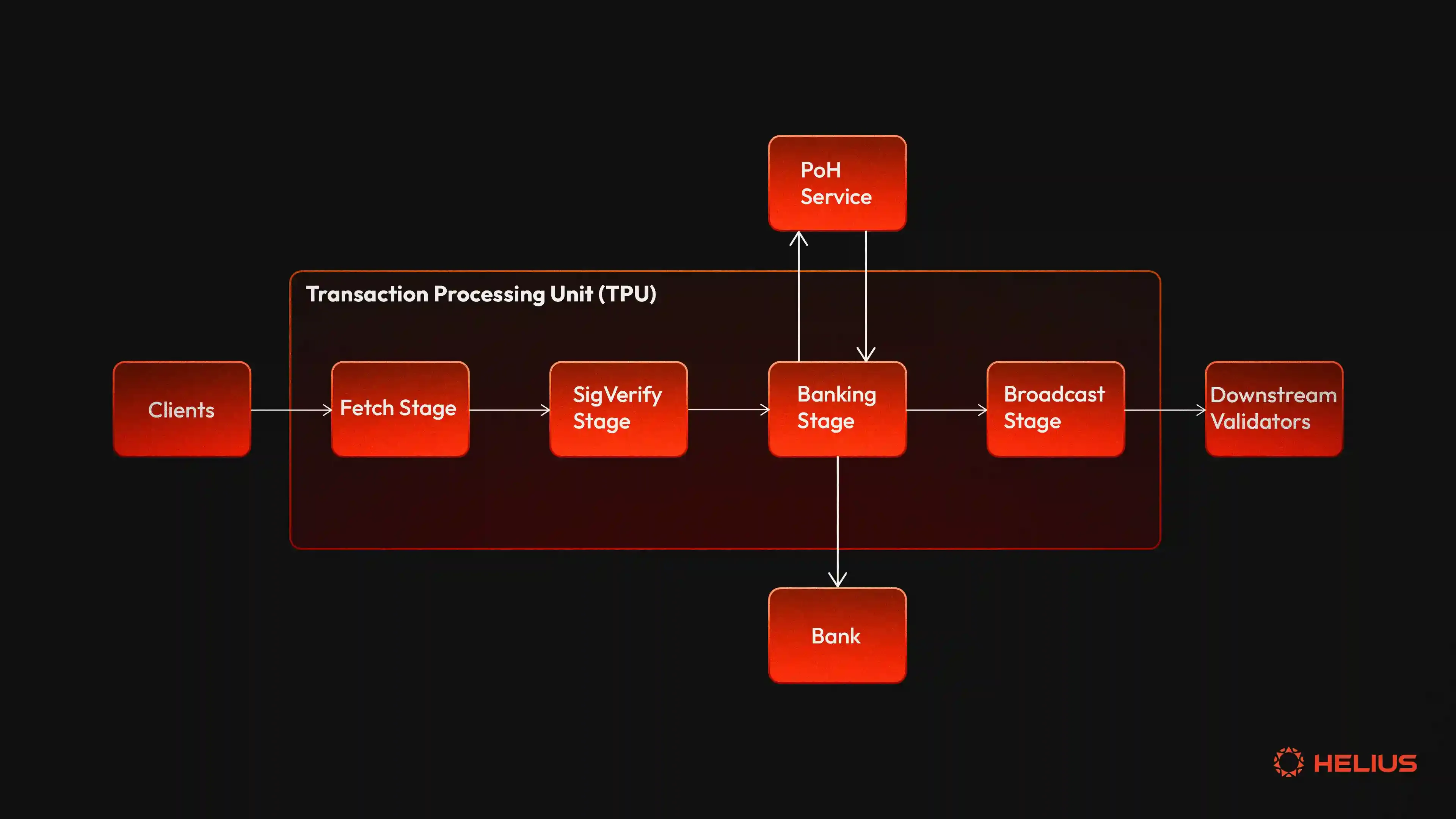
Stake-Weighted Quality of Service (QoS): The introduction of stake-weighted QoS enabled validators with higher stakes to have prioritized transaction processing, enhancing fairness and network efficiency.
-
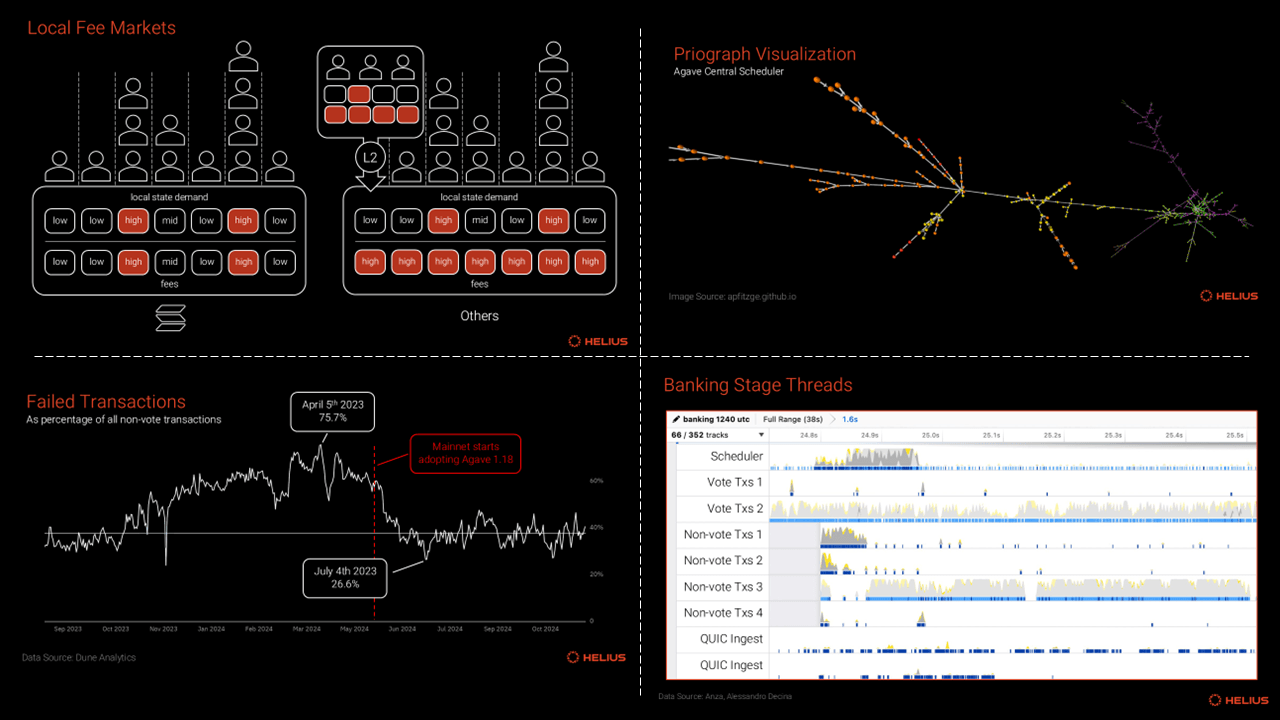
Localized Fee Markets Rollout: Solana implemented localized fee markets, allowing dynamic fee adjustments in high-demand network segments and reducing congestion during peak periods.
-
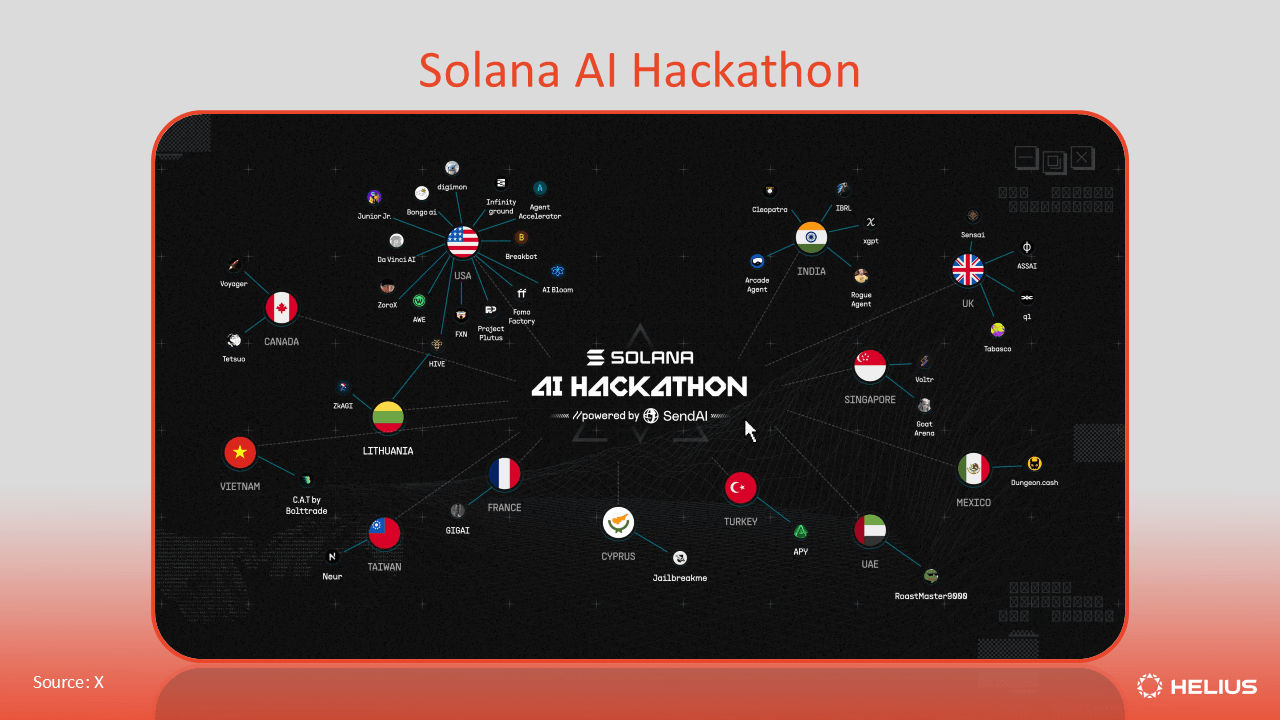
Validator Growth Surpasses 3,000: By mid-2025, the Solana network exceeded 3,000 active validators, contributing to greater decentralization and network security.
-
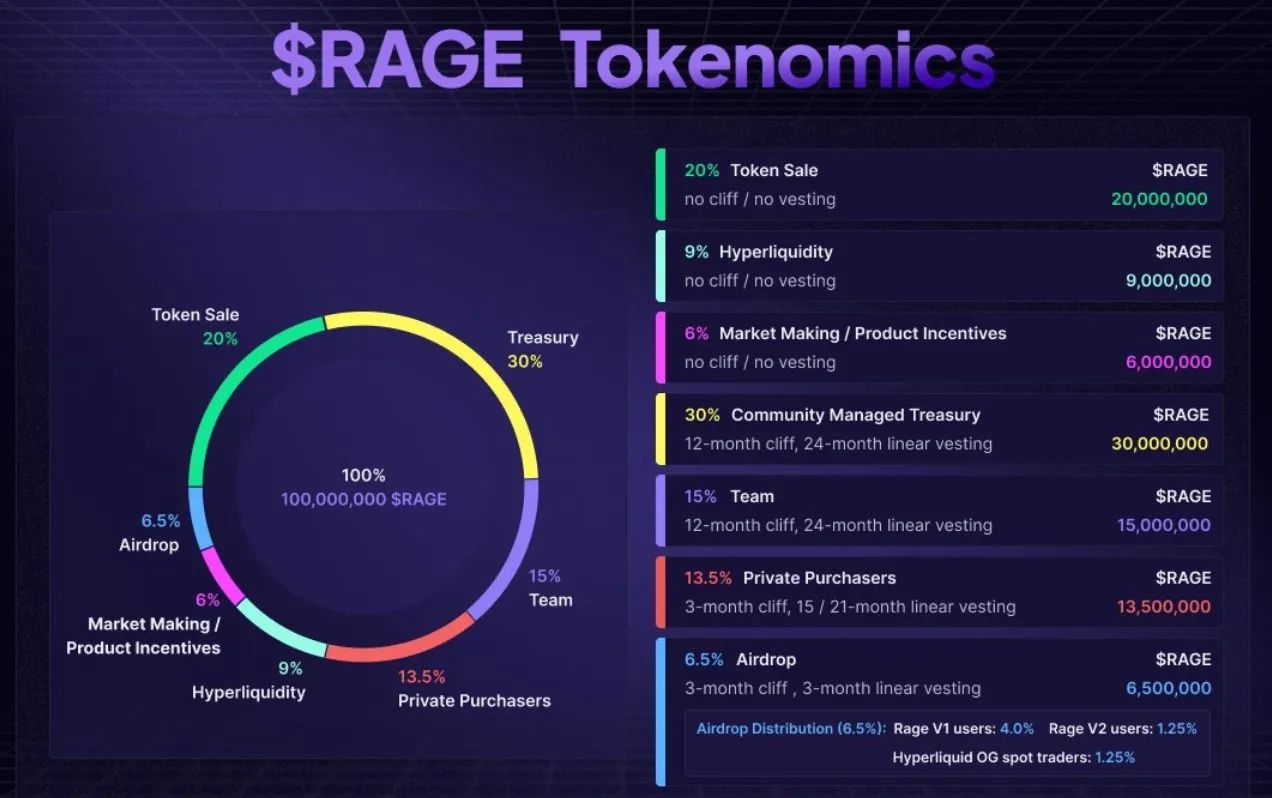
Rage Trade Airdrop Event (February 2025): During this event, Solana maintained over 55,000 TPS for more than two hours, showcasing real-world network resilience and scalability.
-
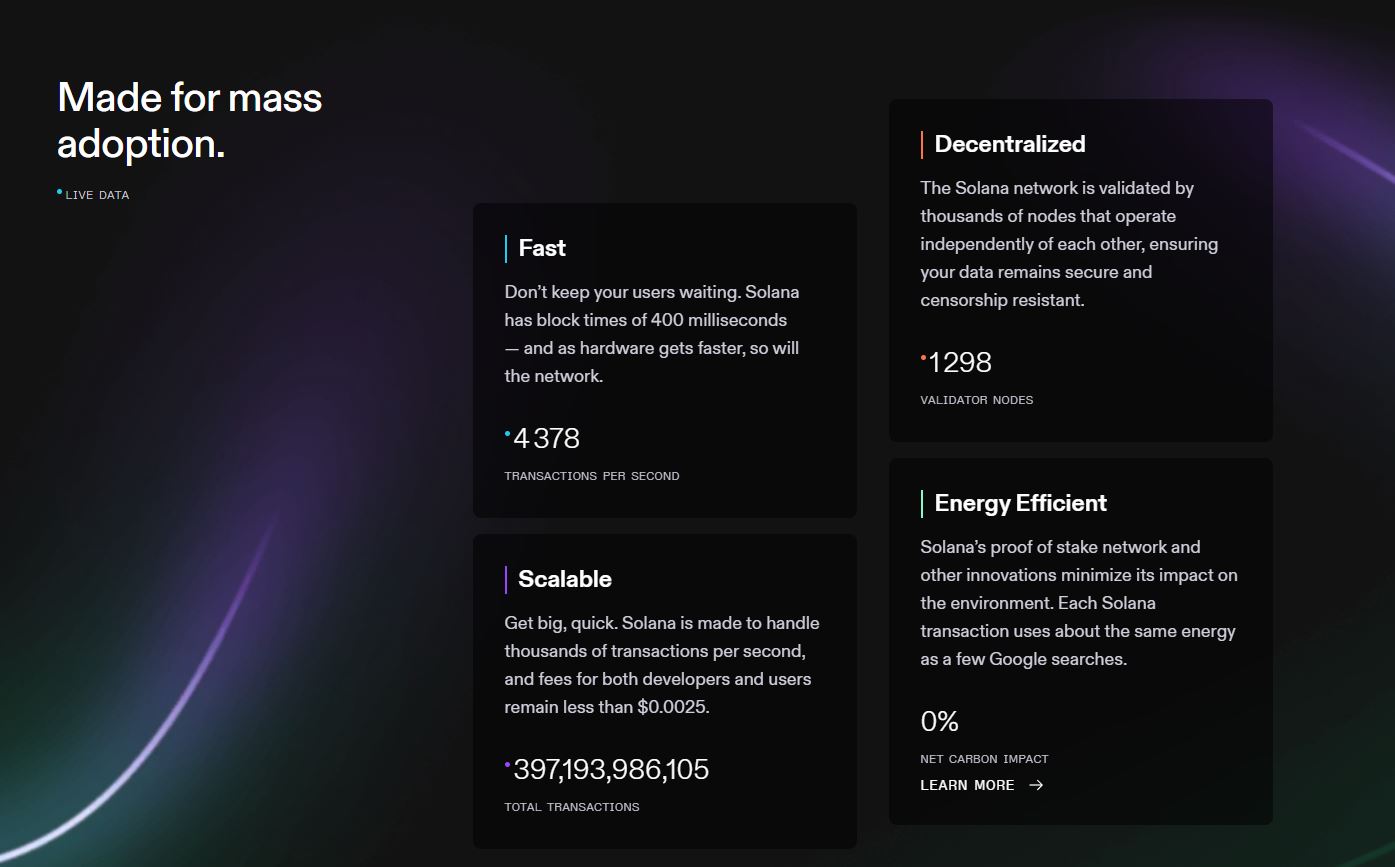
Median Time to Finality Drops Below 2 Seconds: Network optimizations reduced the median transaction finality time to under 2 seconds, improving user experience for DeFi, NFTs, and consumer apps.
-
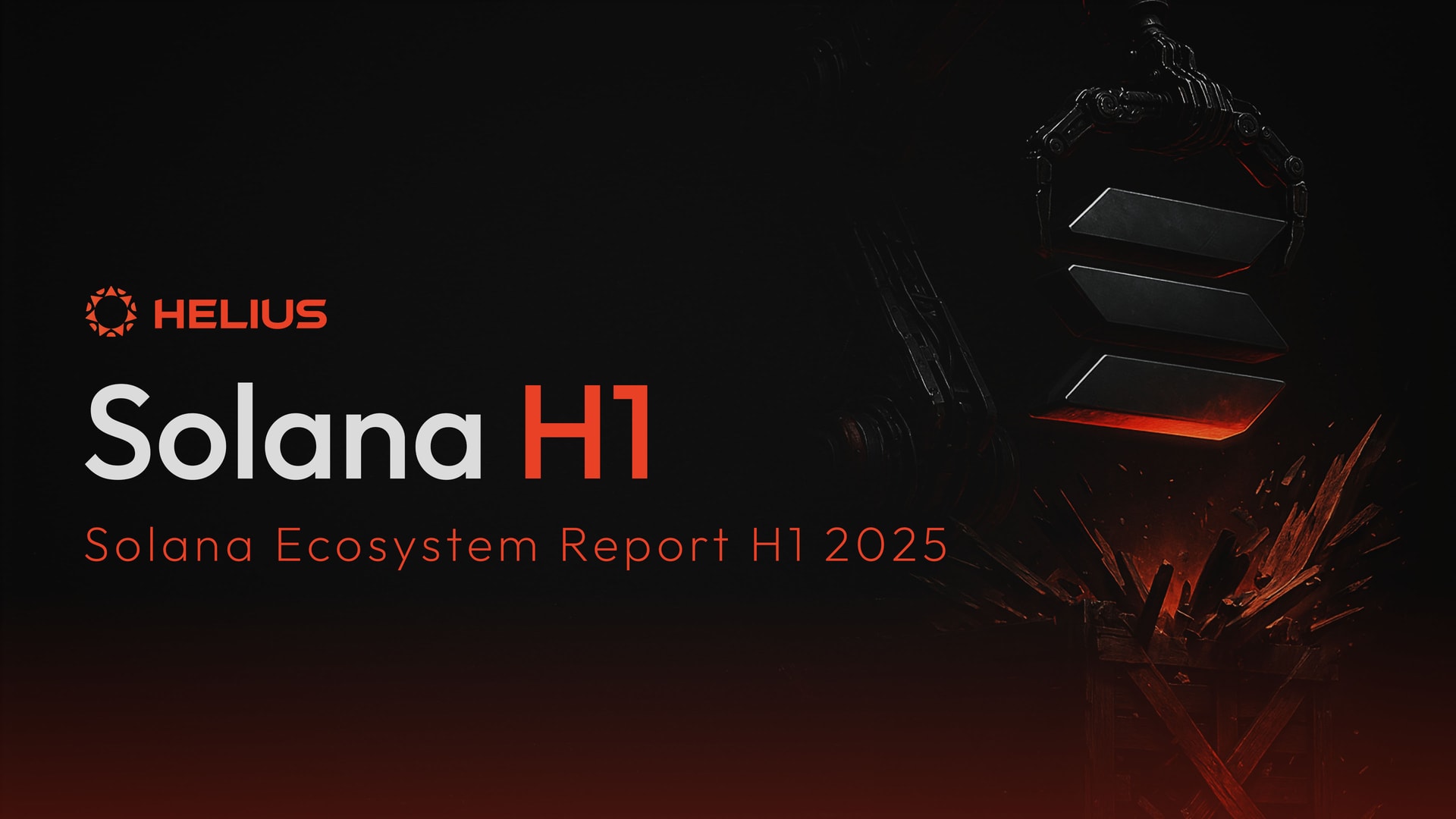
Validator Software Release 2.2.16: The 2.2.16 update introduced further optimizations, including increased maximum transaction size and simplified voting logic, reducing data loads for validators.
Network health isn’t just about speed. The validator community’s rapid response to issues, like localized fee spikes or spam attacks, has been crucial. Ongoing Foundation-led discussions and open-source upgrades ensure that decentralization is not sacrificed for performance. This balance is vital for maintaining trust among developers and institutional participants alike.
Solana’s Role in the Broader Blockchain Landscape
With its recent TPS record, Solana has solidified its reputation as a leader in blockchain scalability. While other networks tout modular architectures or rollup-centric designs, Solana’s monolithic approach, where consensus, execution, and settlement all occur on a single chain, has proven remarkably effective at scale.
The result? A growing number of projects are migrating from legacy chains or launching natively on Solana to take advantage of its speed. Stablecoin issuers, synthetic asset platforms, and even tokenized stock apps are leveraging the network’s capacity to deliver near-instant settlements at low cost. According to CryptoSlate, this momentum is fueling speculation about further TPS breakthroughs, and potential price appreciation as adoption widens.

Challenges Ahead: Realism vs Hype
No blockchain is immune to growing pains. While Solana’s 107,540 TPS milestone is impressive, it was achieved under controlled conditions with simplified transactions. The real test will be sustaining high throughput during unpredictable mainnet activity, think viral memecoin launches or global gaming tournaments.
Still, recent data from CoinLaw shows that even under genuine demand spikes (like February’s Rage Trade airdrop), Solana maintained over 55,000 TPS for hours, a feat few competitors can match (source). Ongoing upgrades such as larger transaction sizes and improved voting logic should help bridge any remaining gap between theoretical maxima and everyday performance.
What’s Next for Developers and Users?
For developers eyeing mass-market dApps, from decentralized exchanges to immersive metaverse games, the latest validator event signals that Solana can handle their ambitions today. For users, it means faster trades, smoother gameplay, and fewer headaches when network activity surges.
As of August 19th, 2025, SOL trades at $182.85, reflecting both confidence in the network’s technical roadmap and healthy competition among validators (Figment Q2 Report). As new upgrades roll out through late 2025, including further QUIC refinements and dynamic fee market experiments, watch for continued improvements in both speed metrics and user experience across the ecosystem.
The bottom line? While headline-grabbing numbers like 107k TPS make waves on social media feeds, it’s the steady march of technical progress, and relentless focus on decentralization, that cements Solana as a top contender in blockchain infrastructure for years to come.

